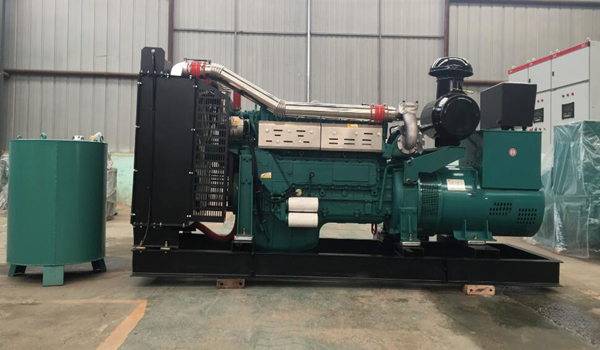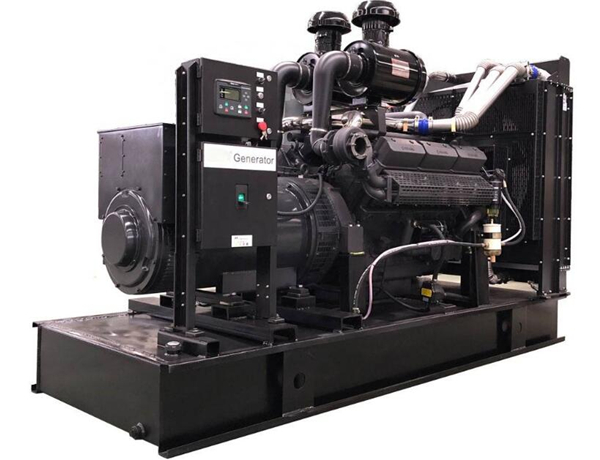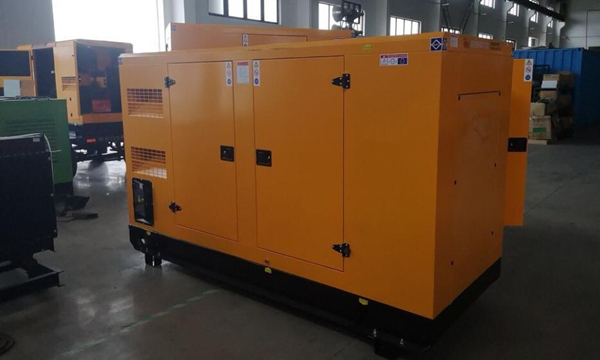Writer:SHILIDER Pubdate: 2023-05-09 17:05:45Update: 2023-05-09 17:05:45

SHILIDER Shilider Technical Engineer
When the generator output voltage is lower than the rated voltage, it is referred to as undervoltage.
Common causes of undervoltage include low grid voltage, regulator damage, excitation system failure, etc. Here are some ways to determine the undervoltage fault of a generator.

Check the grid voltage: First, you need to check whether the grid voltage is normal. If the grid voltage is too low, the generator output voltage will also be reduced.
Check the regulator: If the grid voltage is normal, then the regulator needs to be checked for damage. The regulator is the component used to control the output voltage of the generator. If the regulator is damaged, then the generator output voltage may be lower than the rated voltage.

Check the excitation system: If the grid voltage and the regulator are fine, then the excitation system needs to be checked for faults. The excitation system is the component used to control the excitation current of the generator. If the excitation system is faulty then this could result in the generator output voltage being lower than the rated voltage.

Please note that the above methods are just some of the basic ways to determine an undervoltage fault in a generator. If the problem cannot be solved, please contact a professional for service and maintenance in a timely manner.
 Prev:Reasons why diesel generators do not turn off properly
Prev:Reasons why diesel generators do not turn off properly
 Next:Are diesel generators cost effective for power generation
Next:Are diesel generators cost effective for power generation
If you need to know about the discounted quotes, selection, configuration plans, and other related information of the equipment, you can leave your requirements.
Quality After Sales Bespoke
![]()
Experience in the production of generators, a wealth of practical experience accumulated worldwide, mature processes and technology.
WhatsApp: +86 13336418709